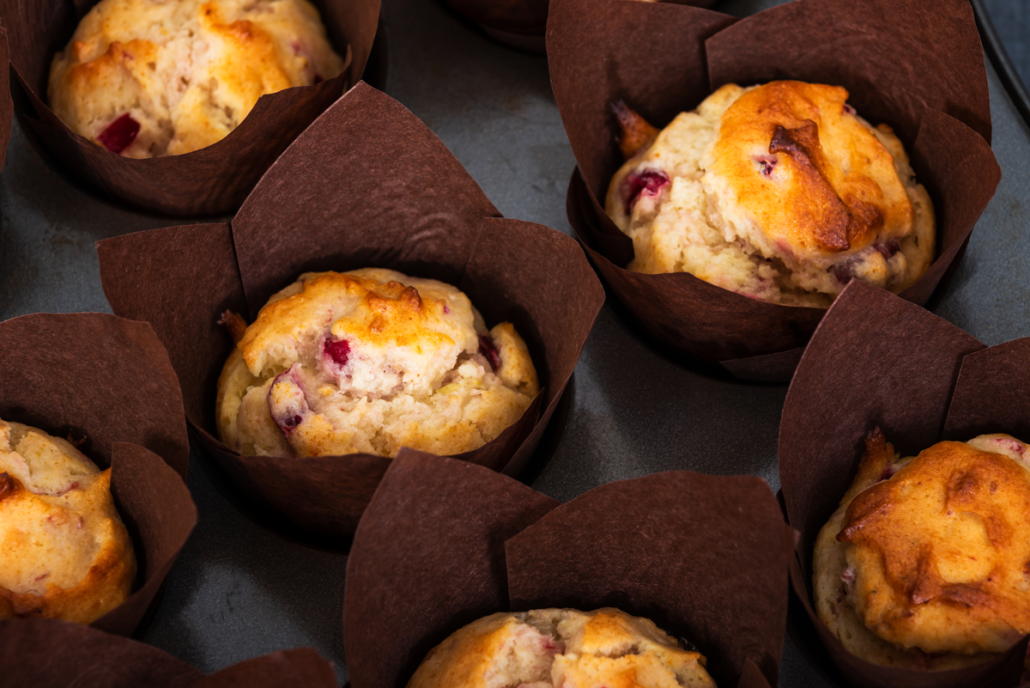Upcycled Foods: Fad or For Real?
Remember that overripe banana you threw in the trash can? Or how about the top of that pineapple you cut and tossed? You could instead create delicious banana bread with a near-black banana and a refreshing pineapple tea with previously “useless” pineapple leaves. This is the power of upcycling, a new movement focused on tackling food waste all while getting optimum nutrition.
How does upcycling benefit our gut health and overall nutrition? Does upcycling food waste help our environment or is it just a marketing ploy? These questions and more will be answered below to aid you in your upcycling food journey.
Scraps No More
The United States wastes 80 million tons of food yearly, which is equal to 149 billion meals. This includes food waste from homes, restaurants, farms, and factories. Much of this waste is from “expired” or over ripened food such as perishable items like fruits, vegetables, and meats as well as leftover food scraps from prepared meals. As long as the food is still safe for consumption, using over ripened foods and food scraps for alternative recipes is the most textbook form of upcycling foods.
Here are some upcycled dishes that can be created with common food scraps and over ripened foods:
● Watermelon Rind Curry: Don’t throw away that watermelon rind! It adds sweetness and texture to this fragrant curry.
○ Watermelon rind, vegetable scraps (carrot peels, onion ends, etc.), stale bread (cubed and toasted), and leftover cooked grains (rice, quinoa).
● Apple Core Muffins: Don’t toss those apple cores! They add moisture and subtle sweetness to these healthy muffins.
○ Apple cores, overripe bananas (mashed), almond flour (use leftover almond pulp from homemade milk), and Greek yogurt (use the whey for another recipe).
● Coffee Grounds Chocolate Brownies: Add depth and richness to your brownies with the magic of used coffee grounds.
○ Coffee grounds, dark chocolate (broken pieces or ends), overripe bananas (mashed), and nut butter (use the leftover nut pulp from homemade nut milk).
Instead of heading to the dump, upcyclers can even use their fruit and vegetable scraps for
composting, as these scraps provide the soil with rich nutrients, resulting in better crops in the
future.
A Revitalized Idea
According to a 2019 Forbes article, the upcycled food industry is worth about $46 billion and growing 5% annually. While the creation of the term “upcycling” is relatively new, the idea has existed for as long as we can remember. For example, ugly or misshapen tomatoes were not simply thrown in the dump, but used for ketchup and tomato sauce. In addition, today’s life of ample resources has distanced us from our ancient ancestors’ use of all available items.
Are consumer-available upcycled foods still beneficial for the environment?
The short answer is yes. Everything from sweet potato sticks to keto-friendly fruit jams are easily available on sites like Amazon, ensuring more “ugly” products and food scraps go toward filling empty stomachs. Though, there is more to this answer. Many of these products are more expensive than you’d think and often exceed their “prettier” siblings, mostly due to their self-imposed altruistic marketing. In addition, these pro-planet products often come in plastic packaging, making the consumer feel at least slightly hypocritical.
Prebiotic Power
Upcycled food ingredients can also offer health benefits as they are often rich in prebiotics, a type of fiber that nourishes the good bacteria in your gut. These good bacteria play a crucial role in:
● Digestion: By breaking down food and aiding nutrient absorption.
● Immune function: Supporting the body’s defenses against pathogens.
● Inflammation: Reducing inflammation, linked to various health conditions.
● Mental health: Influencing mood and cognitive function through the gut-brain axis. While research is still in its early stages, several upcycled ingredients show promise for gut health benefits thanks to their prebiotic potential:
● Carrot pomace: The leftover pulp from juicing is rich in inulin, a prebiotic fiber that fuels the growth of good bacteria.
● Spent grain: Brewers’ leftover grain holds treasures like arabinoxylan and beta-glucan, both prebiotic fibers.
● Apple pomace: The core and skin leftover from juice production boast pectin and polyphenols, which might have prebiotic effects.
● Citrus peels: Upcycled from juice production, they offer hesperidin and pectin, with potential prebiotic benefits. Use them in innovative ways, like jams, candies, and even spices.
However, not all upcycled food products are necessarily higher in prebiotics than fresher items. For example, an upcycled granola bar made with apple and/or carrot pomace might have more prebiotics than a conventional sugary granola bar, but not necessarily more than a high-fiber, whole-grain granola bar. Look beyond just the “upcycled” label and analyze the specific product’s ingredients and prebiotic claims. Do your research as always! If you are looking for a source of prebiotics and fiber, choose ARRABINA® by COMET.
Balance Your Upcycling
Upcycling food isn’t just about trendy labels or fad diets. It’s about making smart choices for your gut health, your wallet, and the planet. Choosing upcycled food options is a valuable addition to a healthy diet, even if their prebiotic content might not always be inherently higher than fresher food options.
By balancing your upcycling, you’re making a positive impact on your gut health, the environment, and your taste buds. Try adding upcycled food ingredients to one of your staple recipes today! Visit COMET today to learn more about our proprietary line of ARRABINA® dietary fibers






